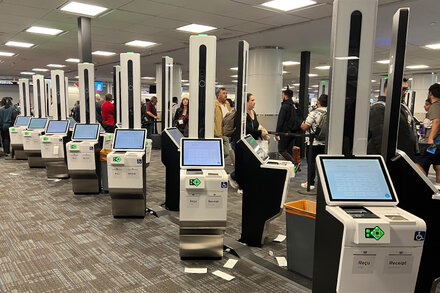America’s breakfast tables are undergoing a significant shift, with a noticeable decline in the consumption of sugary cereals, once a staple of childhood mornings. Despite this pivot towards healthier and more diverse breakfast options, a strong current of nostalgia persists, with many adults recalling a longing for the vibrant colors and sweet tastes of cereals like Kellogg’s Froot Loops.
The trend away from highly sweetened breakfast foods reflects broader changes in consumer preferences and an increased focus on health and wellness. For decades, brightly colored boxes filled with sugary rings, flakes, and puffs dominated supermarket aisles and breakfast rituals. However, growing awareness of dietary sugar intake, coupled with the rise of alternative breakfast solutions ranging from high-protein yogurts to avocado toast, has led to a sustained downturn in sales for traditional sugary cereals.
Evolving Breakfast Habits
Industry reports indicate a steady erosion of market share for sugary cereals, as consumers, particularly younger generations, seek out options perceived as more nutritious, natural, or convenient for on-the-go lifestyles. Nutritional guidelines and public health campaigns have also played a role in shifting perceptions, encouraging lower sugar intake at all meals, including breakfast.
“Consumers today are far more scrutinizing of nutritional labels than they were even a decade ago,” explains a leading food industry analyst. “The demand for ‘better-for-you’ options, whether that’s lower sugar, higher fiber, or plant-based, has fundamentally reshaped the breakfast landscape. Sugary cereals, for many, no longer fit that bill.”
This shift has prompted major cereal manufacturers to innovate, introducing new product lines that emphasize whole grains, reduced sugar, and functional benefits. Yet, these efforts often face the challenge of competing with established habits and the convenience offered by other breakfast categories.
The Enduring Power of Nostalgia
Despite the market headwinds, the emotional connection to classic sugary cereals remains potent. For many, a bowl of Froot Loops or Lucky Charms evokes powerful memories of childhood, simpler times, and the start of a school day. This sentimentality often resurfaces in online discussions, social media posts, and even in marketing campaigns that tap into the retro appeal of these brands.
“There’s a significant emotional attachment to these cereals that goes beyond mere taste,” notes a cultural commentator specializing in food trends. “They represent a comfort, a piece of our past. Even if adults don’t regularly consume them, the idea of a ‘Froot Loops morning’ symbolizes a carefree time, a moment of simple indulgence that we sometimes long for in a complex world.”
This dichotomy – the rational decision to shun sugary options versus the emotional pull of nostalgia – creates a unique challenge and opportunity for cereal brands. Some manufacturers have attempted to bridge this gap by releasing “retro” packaging or limited-edition runs, aiming to appeal to adults seeking a taste of their youth without necessarily reversing the broader health-conscious trend.
As the American breakfast bowl continues to evolve, the future of sugary cereals will likely involve a balancing act: adapting to modern nutritional demands while judiciously leveraging the powerful, enduring appeal of childhood nostalgia that still resonates deeply with a significant portion of the population.
Source: Read the original article here.





